Robert Lea is a science journalist in the U.K. whose articles have been published in Physics World, New Scientist, Astronomy Magazine, All About Space, Newsweek and ZME Science. He also writes about science communication for Elsevier and the European Journal of Physics. Rob holds a bachelor of science degree in physics and astronomy from the U.K.
Jam packed issues filled with the latest cutting-edge research, technology and theories delivered in an entertaining and visually stunning way, aiming to educate and inspire readers of all agesUsing the James Webb Space Telescope, astronomers have peered back 13 billion years to discover surprisingly lonely supermassive black hole-powered quasars. g.
Supermassive black holes are believed to lurk at the hearts of all large galaxies in the relatively modern universe. Because no star is large enough to collapse and black holes with such monstrous masses, scientists know supermassive black holes must form in different ways than so-called"stellar-mass black holes" with masses between 10 and 100 times that of the sun, born from the deaths
"It's just phenomenal that we now have a telescope that can capture light from 13 billion years ago in so much detail," Eilers said."For the first time, JWST enabled us to look at the environment of these quasars, where they grew up, and what their neighborhood was like."To investigate the wider surroundings of quasars, the team selected five supermassive black hole-powered regions studied by the JWST between August 2022 and June 2023.
"The cosmic web of dark matter is a solid prediction of our cosmological model of the universe, and it can be described in detail using numerical simulations," team leader Elia Pizzati, a graduate student at Leiden University, said in the statement."By comparing our observations to these simulations, we can determine where in the cosmic web quasars are located.")
United States Latest News, United States Headlines
Similar News:You can also read news stories similar to this one that we have collected from other news sources.
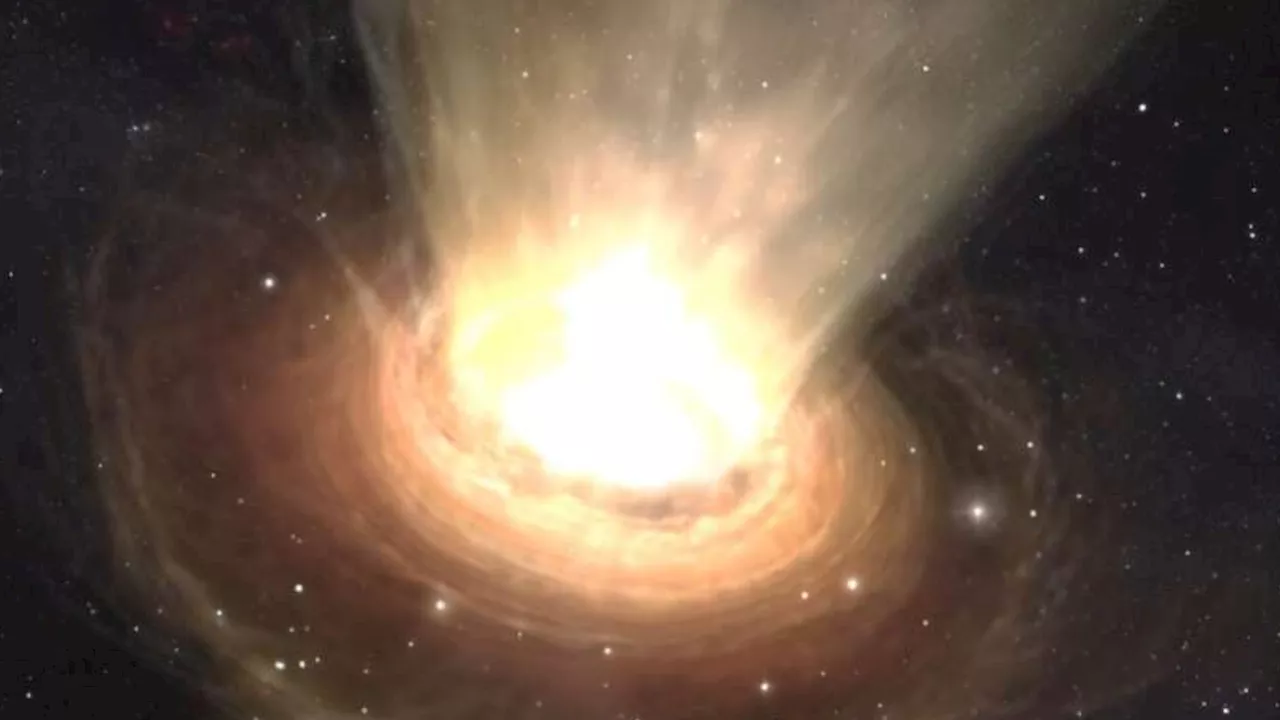 Ancient supermassive black hole is blowing galaxy-killing wind, James Webb Space Telescope findsRobert Lea is a science journalist in the U.K. whose articles have been published in Physics World, New Scientist, Astronomy Magazine, All About Space, Newsweek and ZME Science. He also writes about science communication for Elsevier and the European Journal of Physics. Rob holds a bachelor of science degree in physics and astronomy from the U.K.
Ancient supermassive black hole is blowing galaxy-killing wind, James Webb Space Telescope findsRobert Lea is a science journalist in the U.K. whose articles have been published in Physics World, New Scientist, Astronomy Magazine, All About Space, Newsweek and ZME Science. He also writes about science communication for Elsevier and the European Journal of Physics. Rob holds a bachelor of science degree in physics and astronomy from the U.K.
Read more »
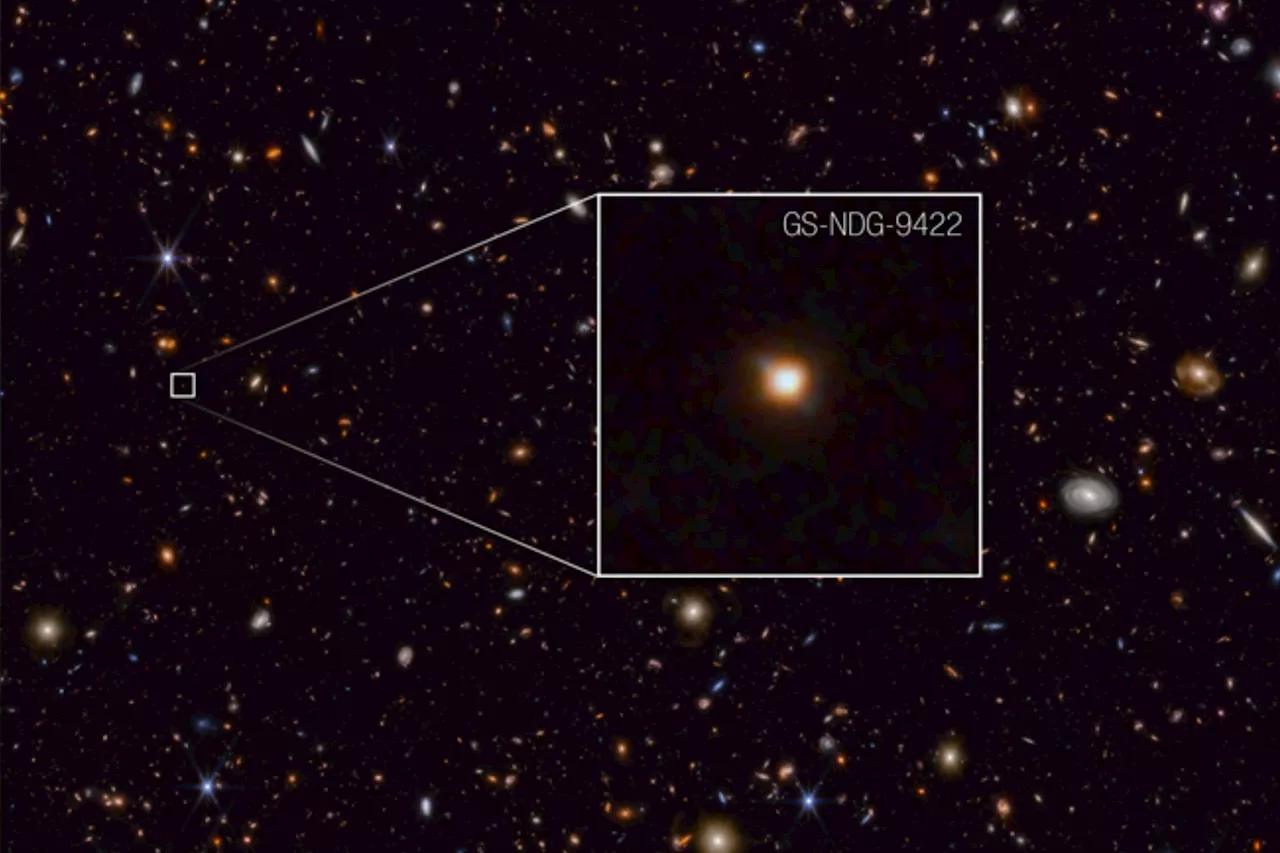 'Weird' Ancient Galaxy Discovered by James Webb Space TelescopeThe gas clouds of galaxy GS-NDG-9422 have been observed shining brighter than its stars, something which is very rare, astronomers say.
'Weird' Ancient Galaxy Discovered by James Webb Space TelescopeThe gas clouds of galaxy GS-NDG-9422 have been observed shining brighter than its stars, something which is very rare, astronomers say.
Read more »
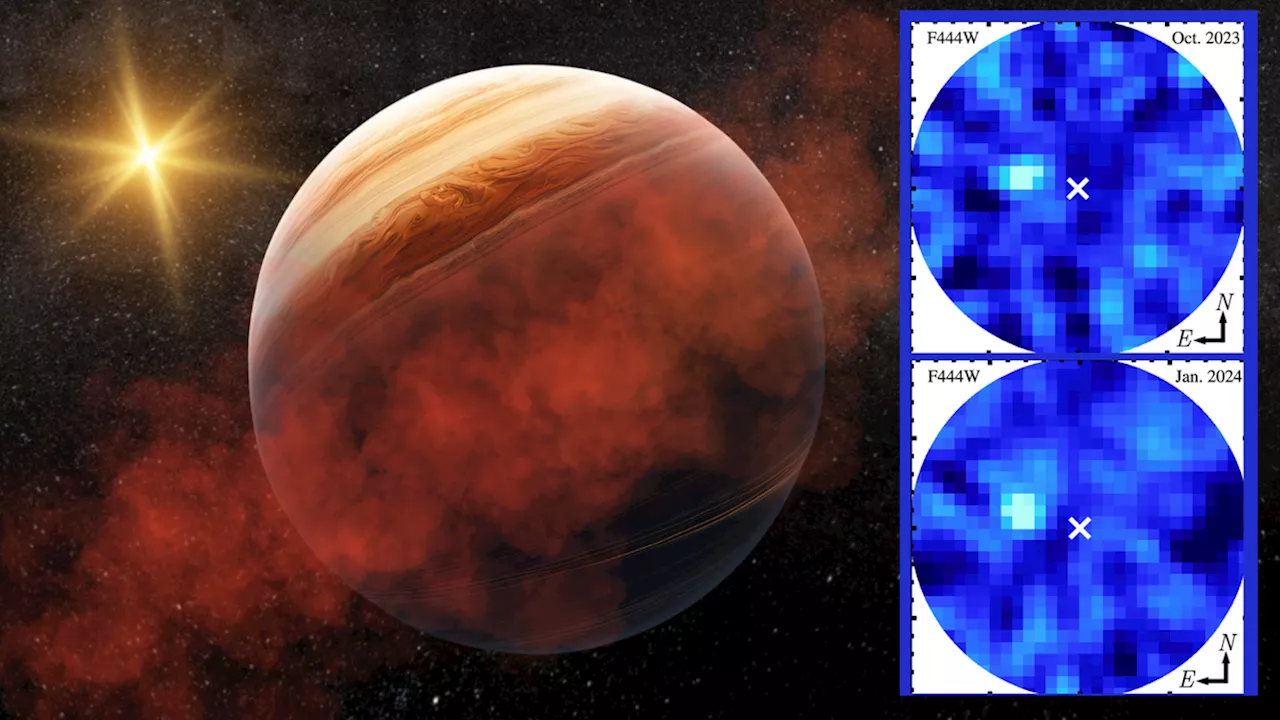 James Webb Space Telescope wins 'race against time' to directly observe young exoplanetRobert Lea is a science journalist in the U.K. whose articles have been published in Physics World, New Scientist, Astronomy Magazine, All About Space, Newsweek and ZME Science. He also writes about science communication for Elsevier and the European Journal of Physics. Rob holds a bachelor of science degree in physics and astronomy from the U.K.
James Webb Space Telescope wins 'race against time' to directly observe young exoplanetRobert Lea is a science journalist in the U.K. whose articles have been published in Physics World, New Scientist, Astronomy Magazine, All About Space, Newsweek and ZME Science. He also writes about science communication for Elsevier and the European Journal of Physics. Rob holds a bachelor of science degree in physics and astronomy from the U.K.
Read more »
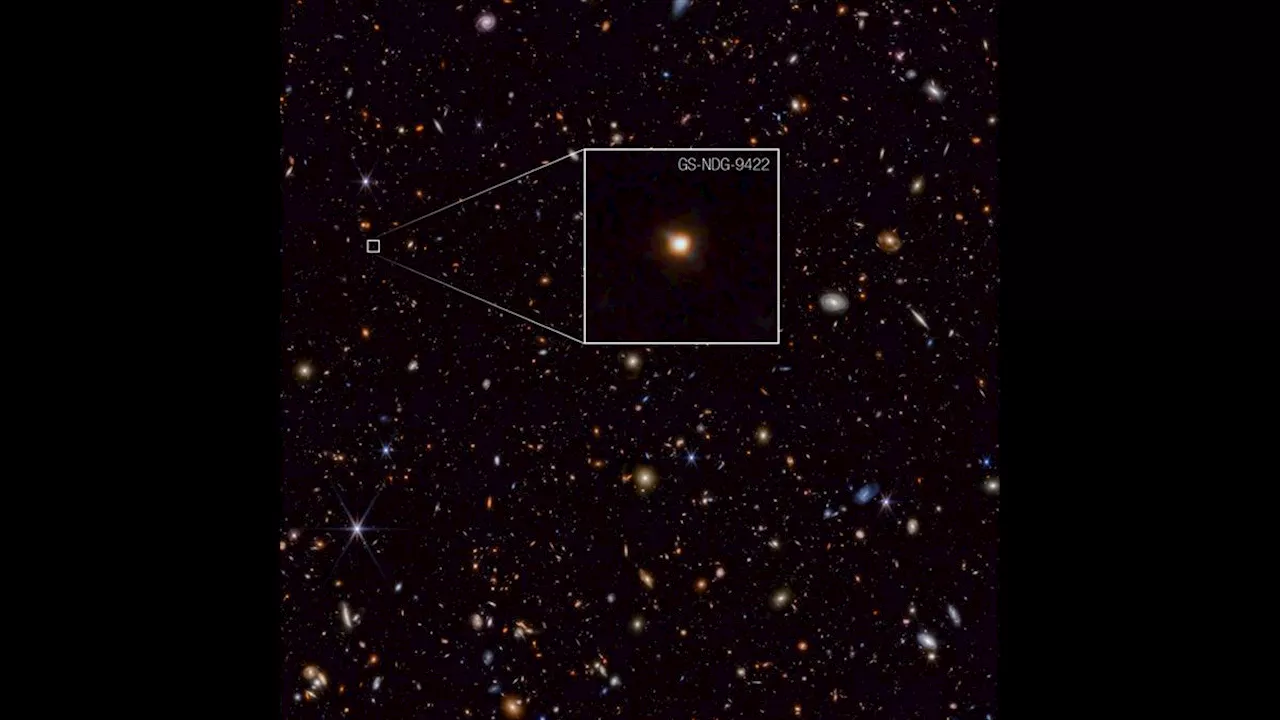 'That's weird': James Webb Space Telescope spies a strange galaxy outshining its starsSharmila Kuthunur is a Seattle-based science journalist covering astronomy, astrophysics and space exploration. Follow her on X skuthunur.
'That's weird': James Webb Space Telescope spies a strange galaxy outshining its starsSharmila Kuthunur is a Seattle-based science journalist covering astronomy, astrophysics and space exploration. Follow her on X skuthunur.
Read more »
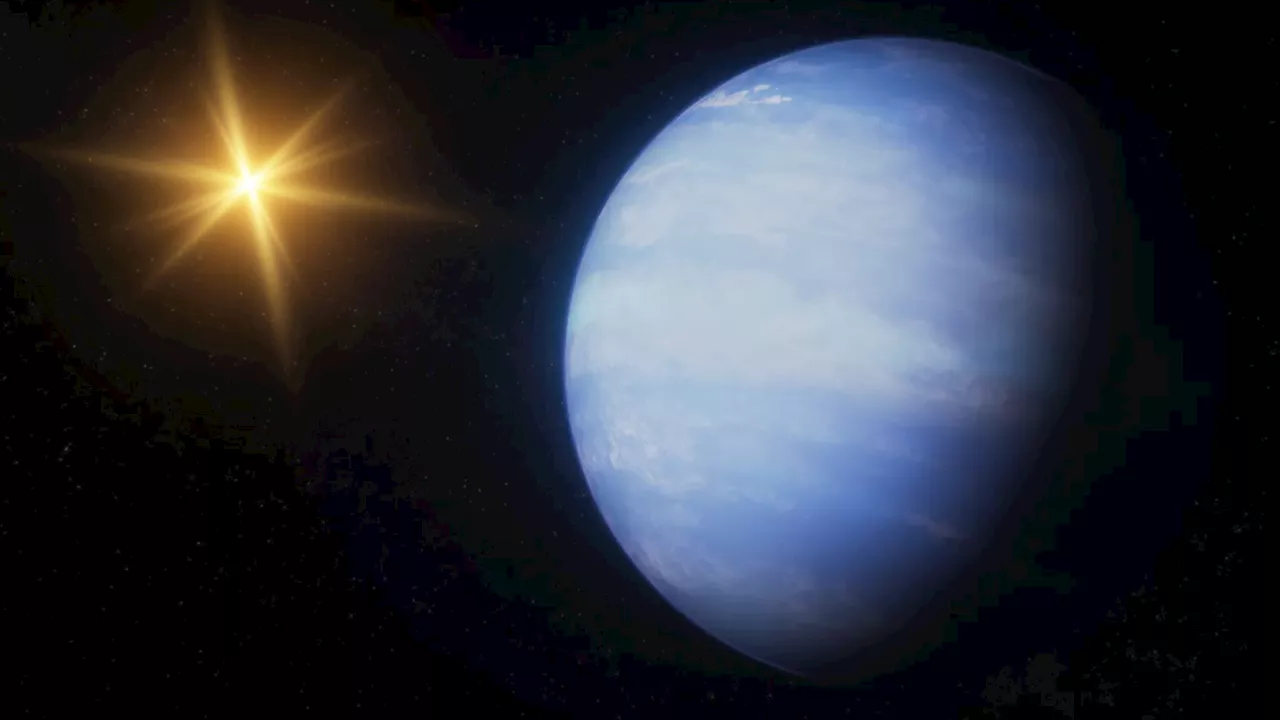 James Webb Space Telescope finds 'puffball' exoplanet is uniquely lopsidedRobert Lea is a science journalist in the U.K. whose articles have been published in Physics World, New Scientist, Astronomy Magazine, All About Space, Newsweek and ZME Science. He also writes about science communication for Elsevier and the European Journal of Physics. Rob holds a bachelor of science degree in physics and astronomy from the U.K.
James Webb Space Telescope finds 'puffball' exoplanet is uniquely lopsidedRobert Lea is a science journalist in the U.K. whose articles have been published in Physics World, New Scientist, Astronomy Magazine, All About Space, Newsweek and ZME Science. He also writes about science communication for Elsevier and the European Journal of Physics. Rob holds a bachelor of science degree in physics and astronomy from the U.K.
Read more »
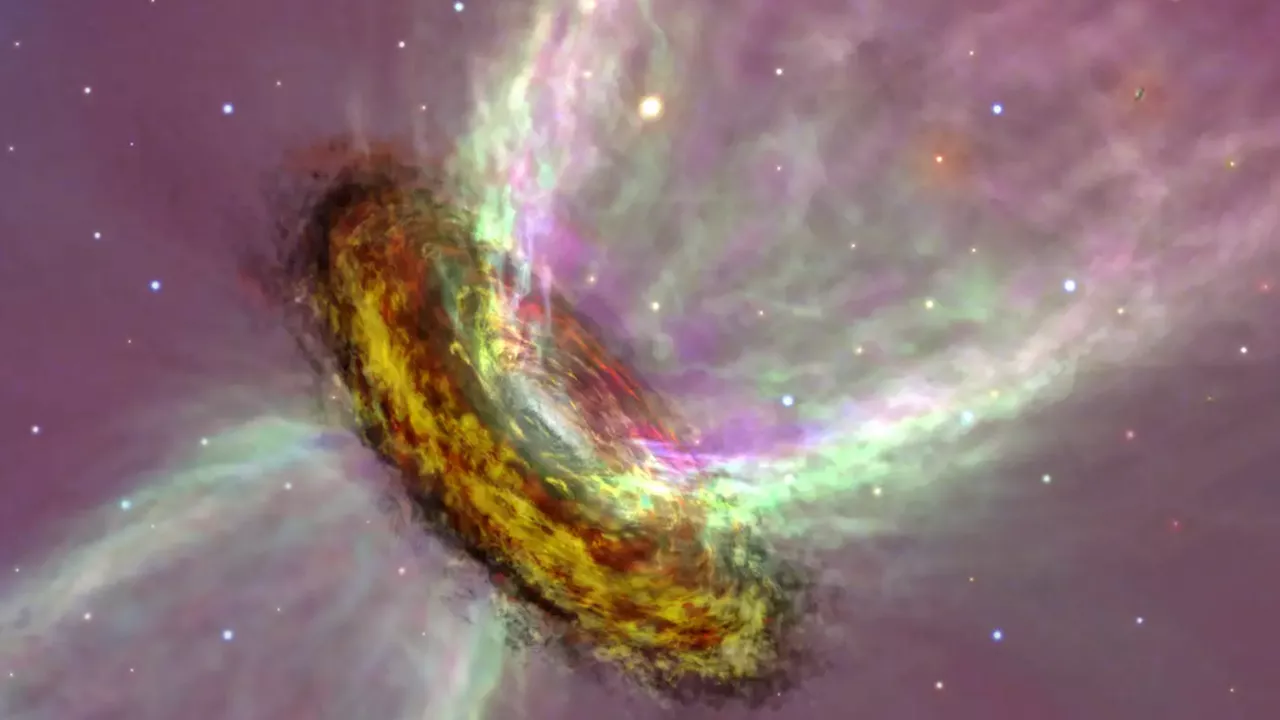 James Webb Space Telescope studies dusty 'pancakes' feeding baby stars and birthing planetsRobert Lea is a science journalist in the U.K. whose articles have been published in Physics World, New Scientist, Astronomy Magazine, All About Space, Newsweek and ZME Science. He also writes about science communication for Elsevier and the European Journal of Physics. Rob holds a bachelor of science degree in physics and astronomy from the U.K.
James Webb Space Telescope studies dusty 'pancakes' feeding baby stars and birthing planetsRobert Lea is a science journalist in the U.K. whose articles have been published in Physics World, New Scientist, Astronomy Magazine, All About Space, Newsweek and ZME Science. He also writes about science communication for Elsevier and the European Journal of Physics. Rob holds a bachelor of science degree in physics and astronomy from the U.K.
Read more »
